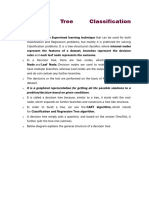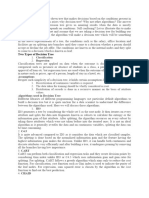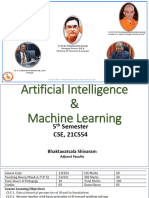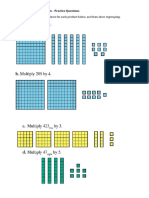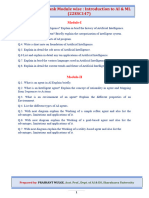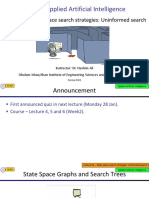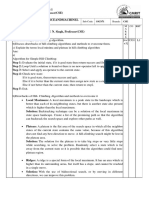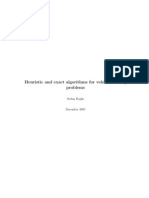0% found this document useful (0 votes)
26 views11 pagesDecision Tree & Random ForestNotes
The document provides an overview of the Decision Tree Classification Algorithm, explaining its structure, terminology, and how it operates using the CART algorithm. It also discusses the advantages and disadvantages of decision trees, as well as ensemble methods like Random Forest, which combines multiple decision trees for improved accuracy. Additionally, it contrasts bagging and boosting techniques used in ensemble learning, highlighting their differences and applications.
Uploaded by
l.ilyman.der.son.81.3Copyright
© © All Rights Reserved
We take content rights seriously. If you suspect this is your content, claim it here.
Available Formats
Download as PDF, TXT or read online on Scribd
0% found this document useful (0 votes)
26 views11 pagesDecision Tree & Random ForestNotes
The document provides an overview of the Decision Tree Classification Algorithm, explaining its structure, terminology, and how it operates using the CART algorithm. It also discusses the advantages and disadvantages of decision trees, as well as ensemble methods like Random Forest, which combines multiple decision trees for improved accuracy. Additionally, it contrasts bagging and boosting techniques used in ensemble learning, highlighting their differences and applications.
Uploaded by
l.ilyman.der.son.81.3Copyright
© © All Rights Reserved
We take content rights seriously. If you suspect this is your content, claim it here.
Available Formats
Download as PDF, TXT or read online on Scribd
/ 11

